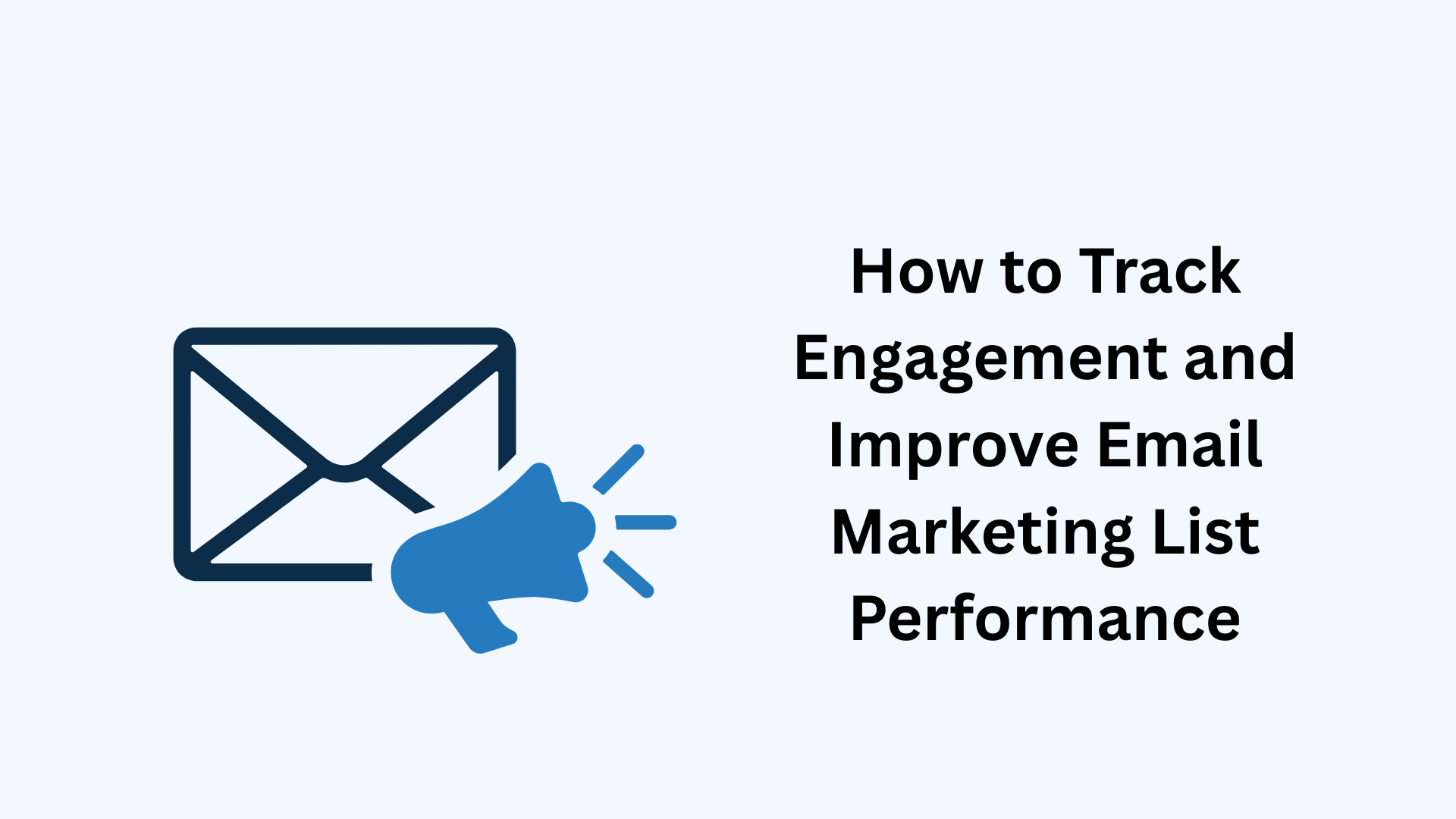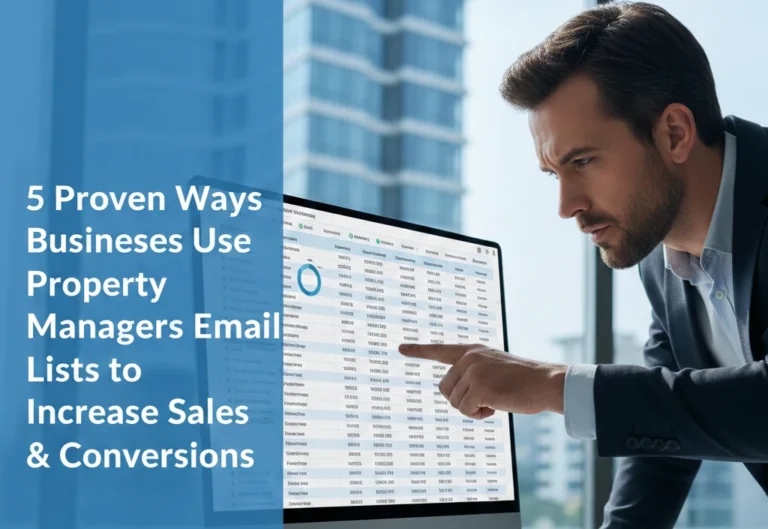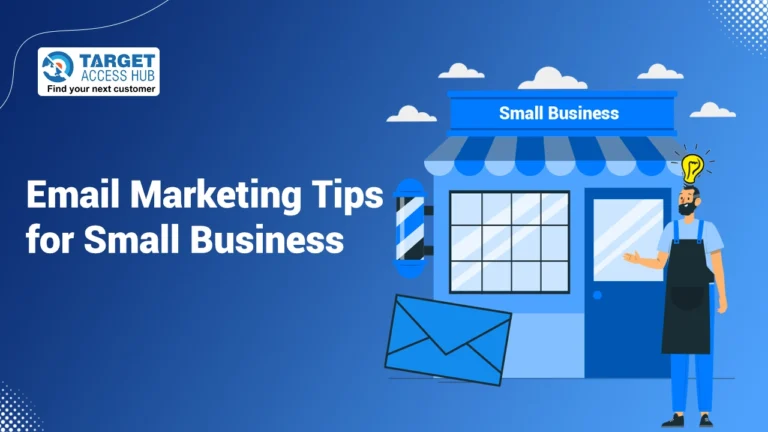Read Receipts in Email Marketing: How to Track Engagement and Improve List Performance

The key to good email marketing is knowing how your audience engages with your material. Yes, conventional measures like click-through and open rates offer insightful information. But they don’t fully capture subscriber engagement. In this case, the deeper information provided by read receipts can change the way you gauge the success of campaigns. It will help you further enhance your email marketing approach.
However, with recent privacy improvements from major email carriers, email monitoring has changed dramatically. The latest advancements have made it important for marketers to understand read receipt technology’s advantages and disadvantages. If you are one of them, then this is the best resource to learn more!
What Exactly Are Read Receipts in Email Marketing?
In email marketing, read receipts are tracking tools that verify when a receiver has viewed and opened your email. Read receipts can offer more specific information about how long someone spent reading your email and whether they scrolled through the full message, in contrast to simple open tracking that depends on pixel loading.
Embedded tracking pixels, which are small, undetectable pictures that load when an email is opened, are how traditional read receipts operate. Your email service provider receives a signal from the loaded pixel, indicating an “open” event. But more advanced tracking techniques like link tracking, engagement time measurement, and behavioral pattern analysis are now part of contemporary read reception technology.
The distinction between read receipts and open rates is crucial for marketers to understand. The mere fact that an email was opened does not imply that the content was read or engaged with. Read receipts can help you learn more about the quality of that engagement and help you figure out who really read your material instead of merely opening your emails.
Advanced read receipt systems are able to capture several touchpoints in a single email, including the sections that readers paid the most attention to, how long they stayed on specific content blocks, and whether they returned to read more of your writing. Compared to simply monitoring open rates, this fine-grained data enables more complex campaign optimization.
How Do Email Tracking Technologies Actually Work?
Numerous technical approaches, each with unique advantages and disadvantages, are used in email tracking. The most popular approach is to include a distinct tracking pixel in every email that is sent. This pixel is a 1×1 transparent picture file stored on the servers of your email service provider. It is requested by the recipient’s email client when it loads photos. The server records the open event and related metadata such as the timestamp, IP address, and device details.
HTML email tracking goes beyond using pixels. It also uses embedded code that may track user activity inside the email. This involves monitoring button hover events, scroll depth in lengthy emails, or the amount of time spent on particular portions. However, this degree of tracking necessitates that the recipient’s email software supports and runs JavaScript and HTML, which isn’t the case on all platforms.
Another essential element of measuring email engagement is link tracking. Before consumers are sent to their destination, each link in your email is wrapped with a distinct tracking URL that reroutes them through your email platform. Based on their clicking habits, this technique can assist you in identifying your most active members and offers accurate statistics regarding click-through behaviour.
What Engagement Tracking Methods Should You Use?
One of the most reliable engagement metrics is click-through rate tracking. This is because it requires deliberate action from recipients and is unaffected by privacy protection measures. Ascertain which content forms, themes, and sending times generate the highest click-through rates among your subscribers. You should also make sure your calls to action are compelling.
Emails that incorporate surveys and comments offer useful insights into subscriber preferences and a straightforward way to assess engagement. Rating systems, interactive polls, and straightforward feedback buttons can all be used as data collection and engagement techniques. These techniques offer real value to your subscribers while obtaining express consent for data collecting.
You can track the performance of your email content on several platforms by using social media integration tracking. To find out which material resonates enough for members to share with their networks, include social sharing buttons with tracking parameters. High-quality engagement that extends beyond mere email openings is frequently indicated by this organic amplification.
Comprehensive engagement pictures can be obtained by analysing website behaviour using UTM parameters and integrated analytics solutions. You can determine which email content encourages the most beneficial activities. This includes content consumption or purchase behaviour among many others. It can be done by monitoring how email subscribers respond on your website after clicking through.
Also Read: Get essential tips for small business email campaigns
How Can You Implement Effective Engagement Scoring Systems?
Create a multi-factor engagement score system that assigns weights to actions. It does this according to how important they are to your company’s objectives. For example, one point could be awarded for opening an email and three points for clicking a link. Along these lines, ten points can be given for making a purchase and fifteen points for referring a friend. Compared to single-metric systems, this weighted method offers a more nuanced view of subscriber value.
Important trends regarding subscriber behavior can be found through time-based engagement tracking. Keep track of when someone opens your emails in relation to the send time, in addition to whether they open at all. Your most active audience segment is made up of subscribers who regularly interact within the first few hours. On the other hand, those who interact days later might have different preferences for sending frequencies or kinds of content.
The most complete picture of your subscribers’ relationships with your brand can be obtained through cross-channel engagement integration. Create subscriber profiles that guide custom marketing tactics. This is usually done by combining email engagement data with website visits, social media interactions, and past purchases.
What Are the Best Practices for Improving List Performance Through Tracking?
Email marketing can be more precisely targeted and successful when they are segmented according to engagement levels. Make separate lists for low-engagement subscribers who need re-engagement tactics or list cleanup considerations, moderately engaged subscribers who might benefit from alternate content methods, and highly engaged subscribers who receive your most regular emails.
Content optimization based on tracking data should focus on finding content that appeals to different subscriber demographics. Examine the most effective subject lines, content formats, mailing dates, and call-to-action styles. Do this for each segment to customize subsequent campaigns.
Subscriber experiences can be improved by automated workflow triggers. You can do this based on interaction patterns, which also reduces the amount of human campaign management. Make automated sequences that respond to specific events, like sending engagement segments premium content, re-engaging inactive subscribers with re-engagement campaigns, or introducing new subscribers with series.
Also Read: Revive inactive lists with proven strategies
Conclusion
The key to good email engagement tracking is having a balance between subscriber privacy and concrete data. While adjusting to changing privacy standards and technical constraints, marketers can continue to run successful email campaigns. This is achieved by having engagement measuring methods that go beyond conventional open rates.





